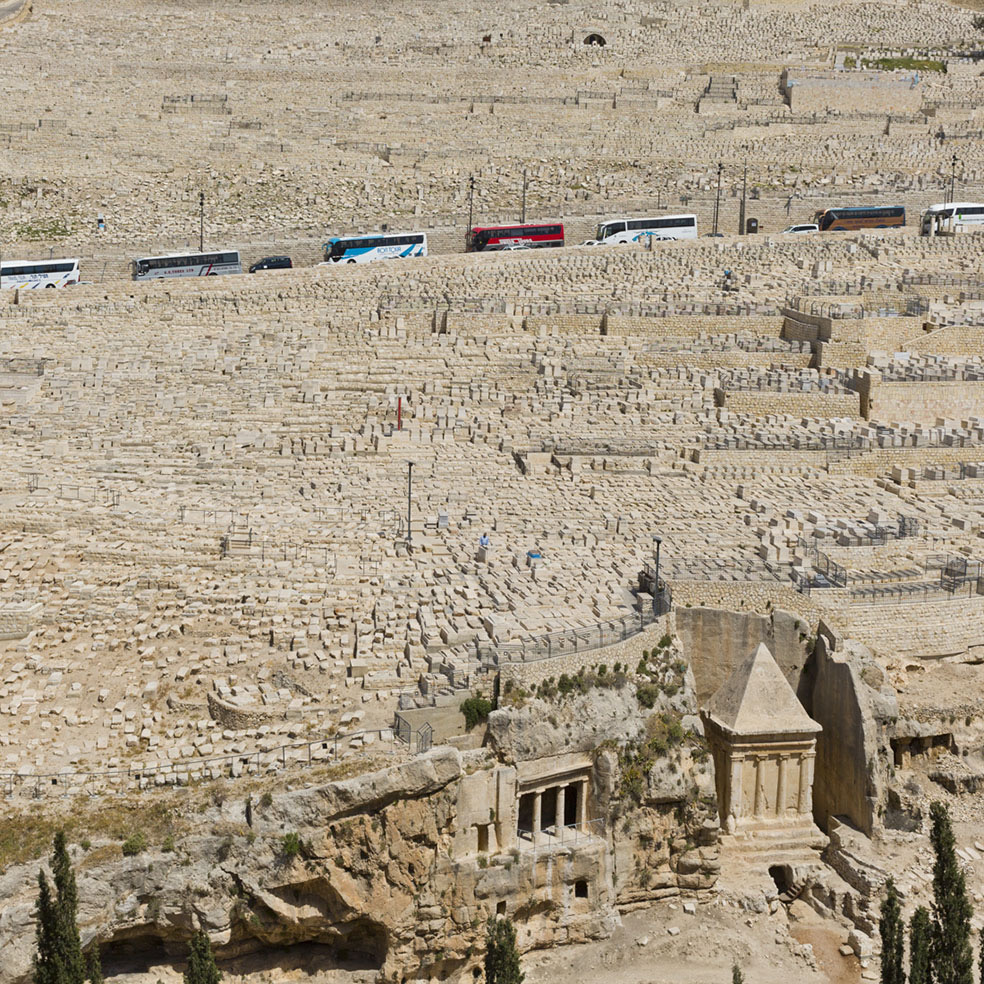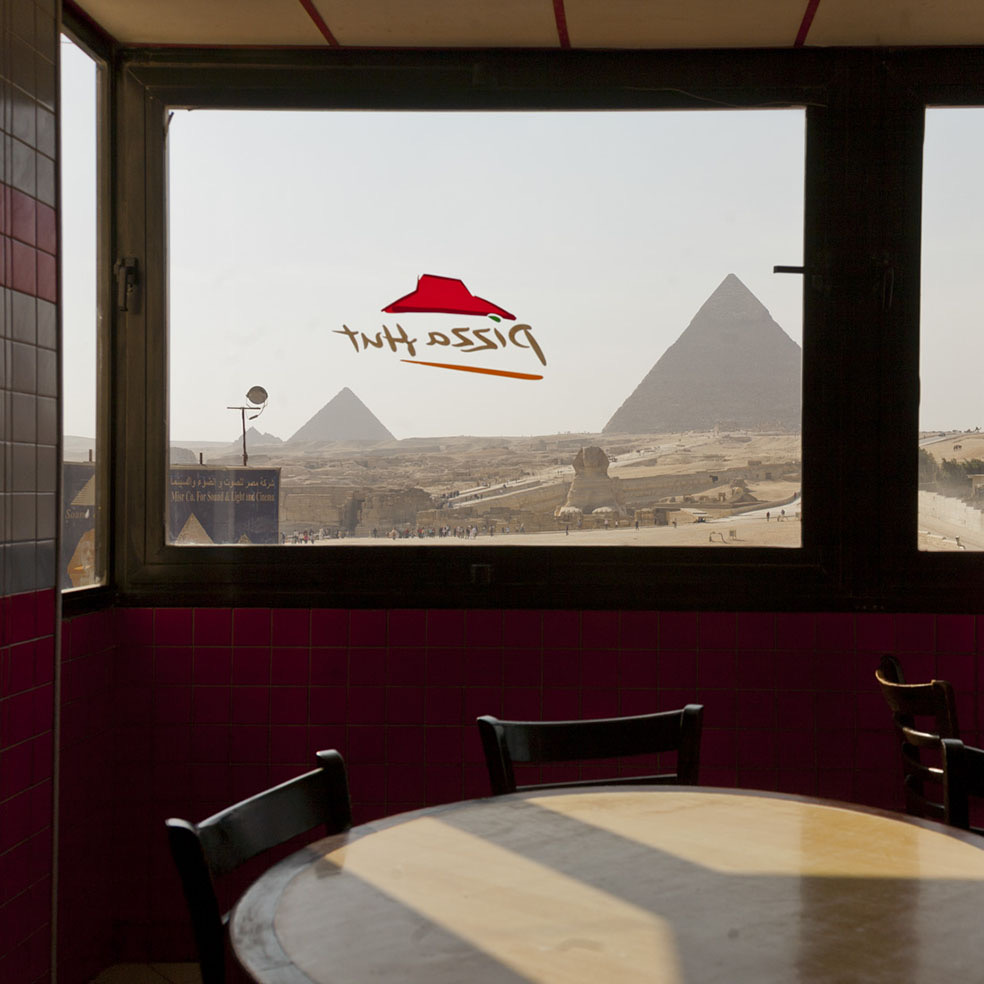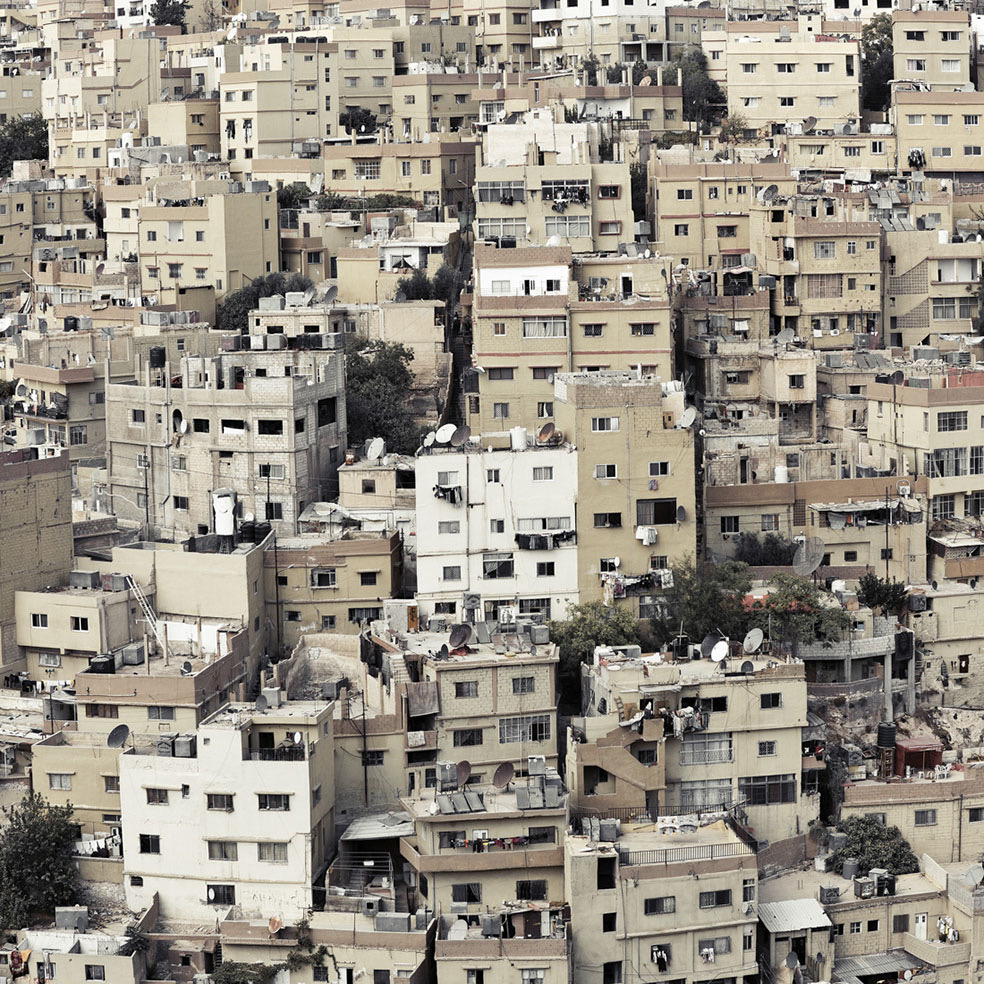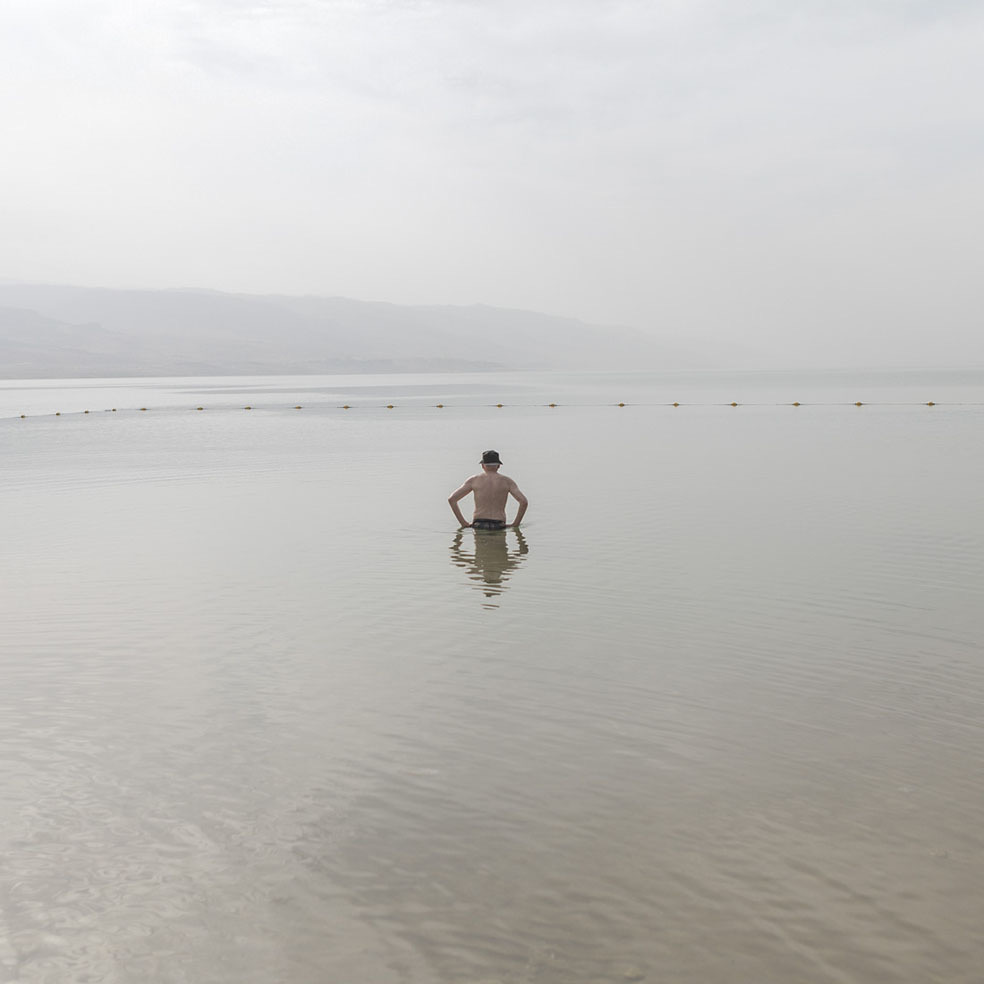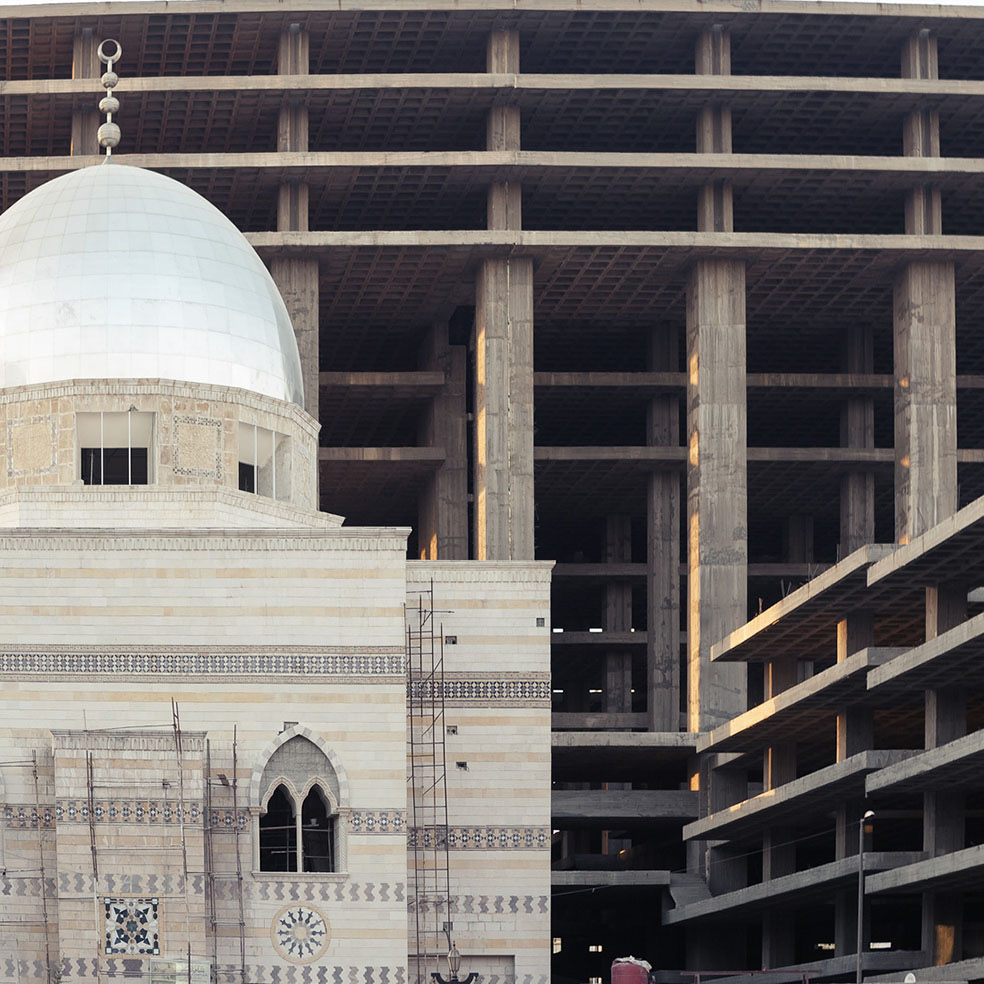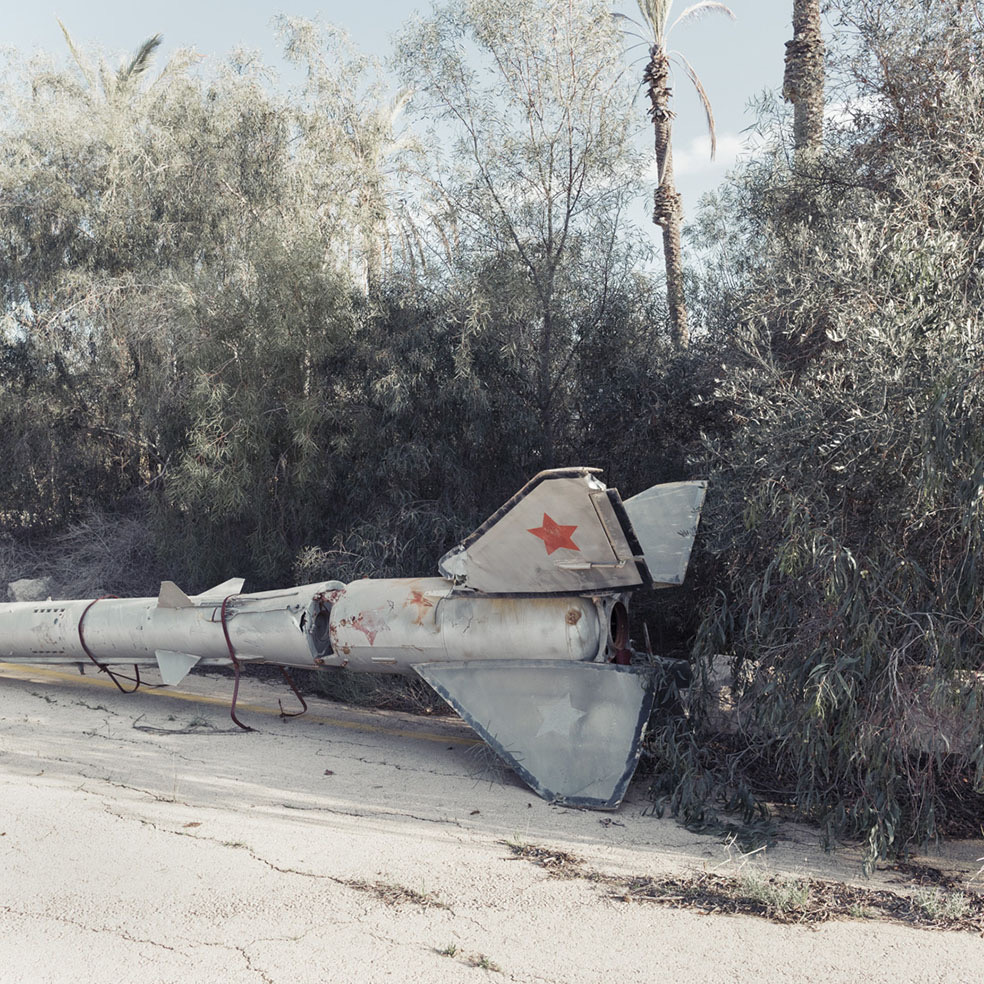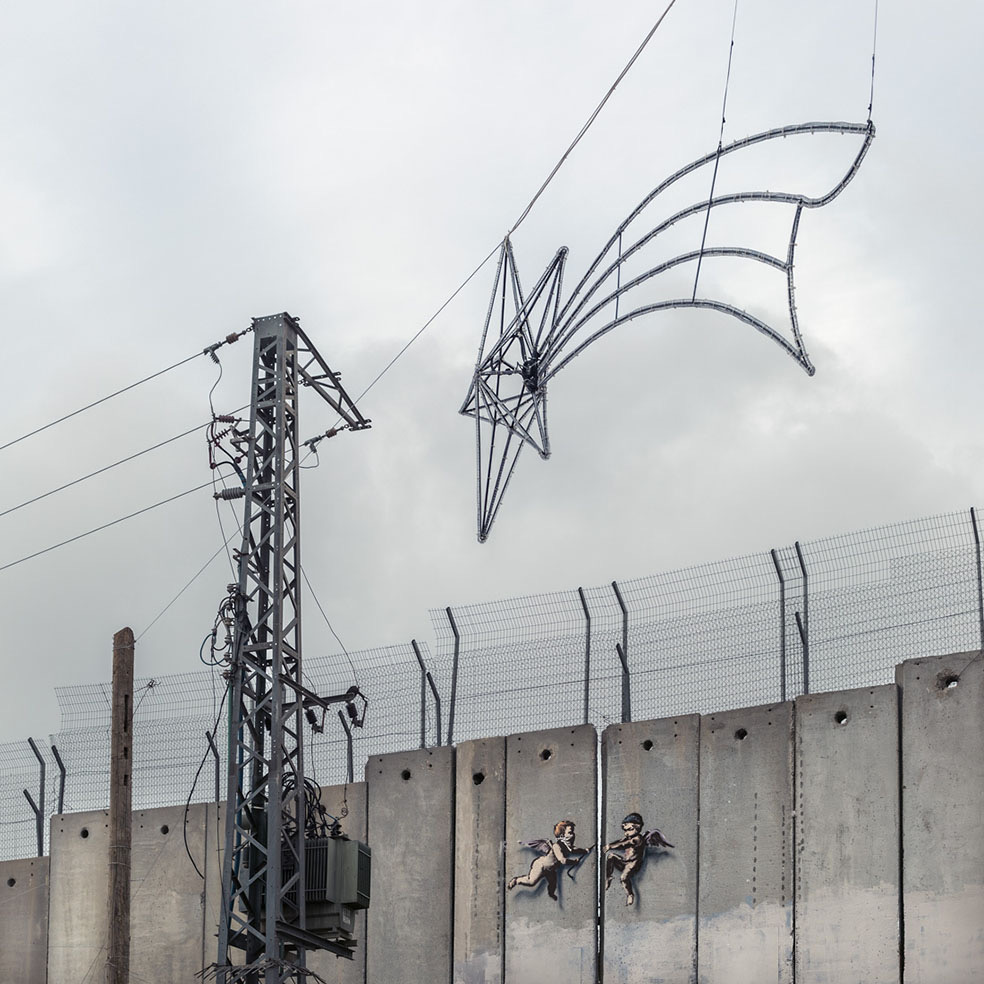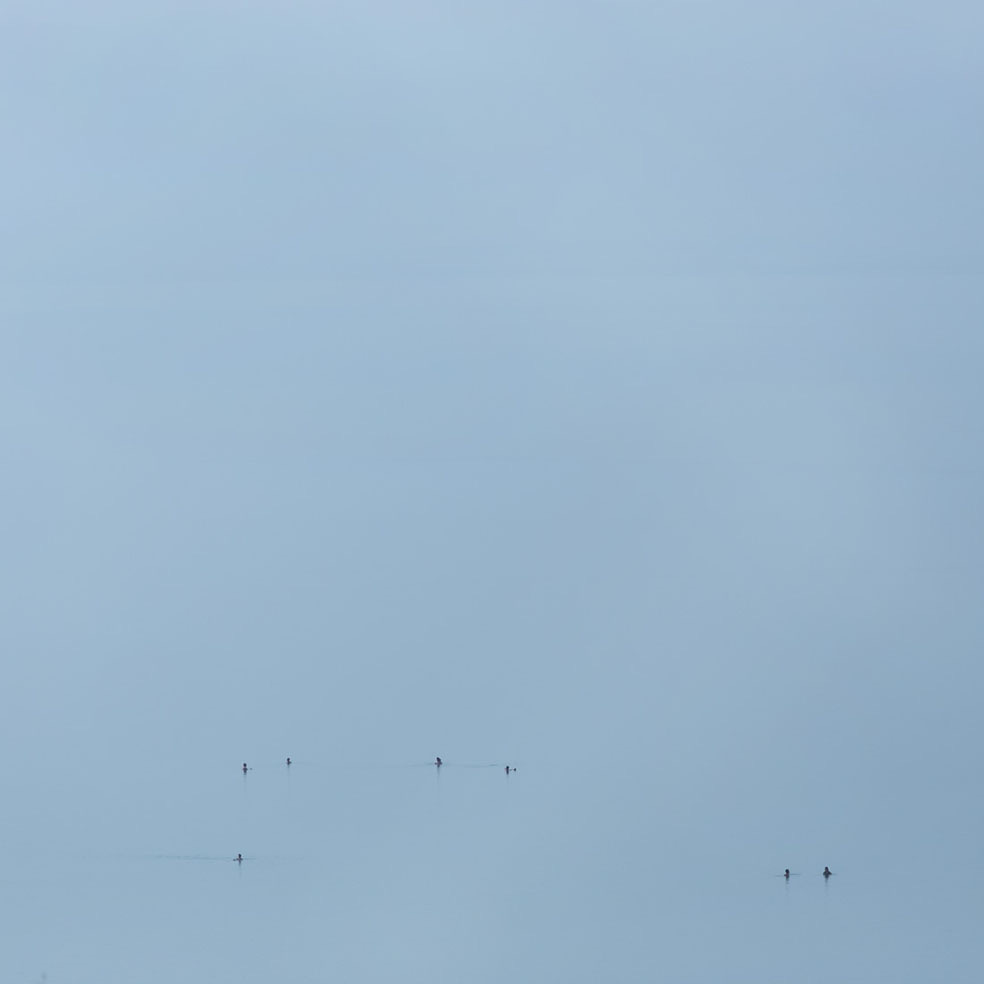Named after the Aramaic language that was supposedly spoken by Jesus Christ, and referring to the Promised Land, ‘Ha Aretz’ is a photographic interpretation of the biblical locations amidst a globalized land of alienation, conflict and consumerism.
The project consists of photographs taken between 2012 and 2020 throughout Israel, Palestine, Lebanon, Jordan, Syria and Egypt, the current countries that make up most of the Holy Land. The series is therefore conceived with the aim of documenting the precise locations where – according to the bible researchers, archaeologists and historians- took place some of the jewish, christian and muslim most celebrated events such as the Genesis, the Exodus, the life of the Prophets or the birth, miracles and crucifixion of Jesus Christ.
At the same time, it aspires to provide a visual reflection on the evolution of these conflictive ancestral regions referred to as the cradle of civilization such as Galilee, Samaria or Judea, wich represent the epicentre of the Jewish, Christian and Arab cultures while testifying to the ferocious power that capitalism and technology exercise in our postmodern times.
This Promised Land serves therefore as the background for a photogenic reality irreversibly mediated and recreated for contemplation by the camera. Biblical passages provide the necessary symbolic connotations when it comes to generating visual resonances and to transcending the contemporaneity of its sceneries. From Nazareth to Bethlehem, from the Sinai peninsula to the Golan heights and from the Nile river to The Dead Sea, the main regions of the Holy Books exist as none other but merchandised spaces of leisure and suffering within a world of consecrated frontiers. Landscapes are consumed, and so are the history and the past wich turns out to be a sort of fossil embedded on the geographic, and cultural skin of these places. What persists is the totalitarian veneration of its supposed historicity, ethnicity and monumentality. Veneration throws its shadow on landscapes and the destiny of their inhabitants. It excludes any alternative reading, ruthlessly spreading amnesia. Amidst these desolated territories, the pilgrims of the past – today’s tourists – insist on retracing the steps of Jesus onto a Calvary Path that is currently degraded as a playtime attraction tour.
Preserving with its gaze necessary distances, what ‘Ha Aretz’ documents is the deep abysm produced by chimerical illusions . Various of his images are accentuated by elements that literally block the view walls, fortifications, checkpoints. Others unearth the glories of souvenir folklore and the palpitating dissonance between mundaneness and spirituality, peace and violence, silence and pronounced absences. But in any case all of them endanger the spirituality that we take for granted in these sacred locations. Human presence remains delimitated between the areas of religious tourism and the war trenches and segregation walls. Consequently, the territory has turned into a hostile, arid non-place, wherein obsolete beliefs keep on instigating an unending confrontation between communities, cultures and human souls.
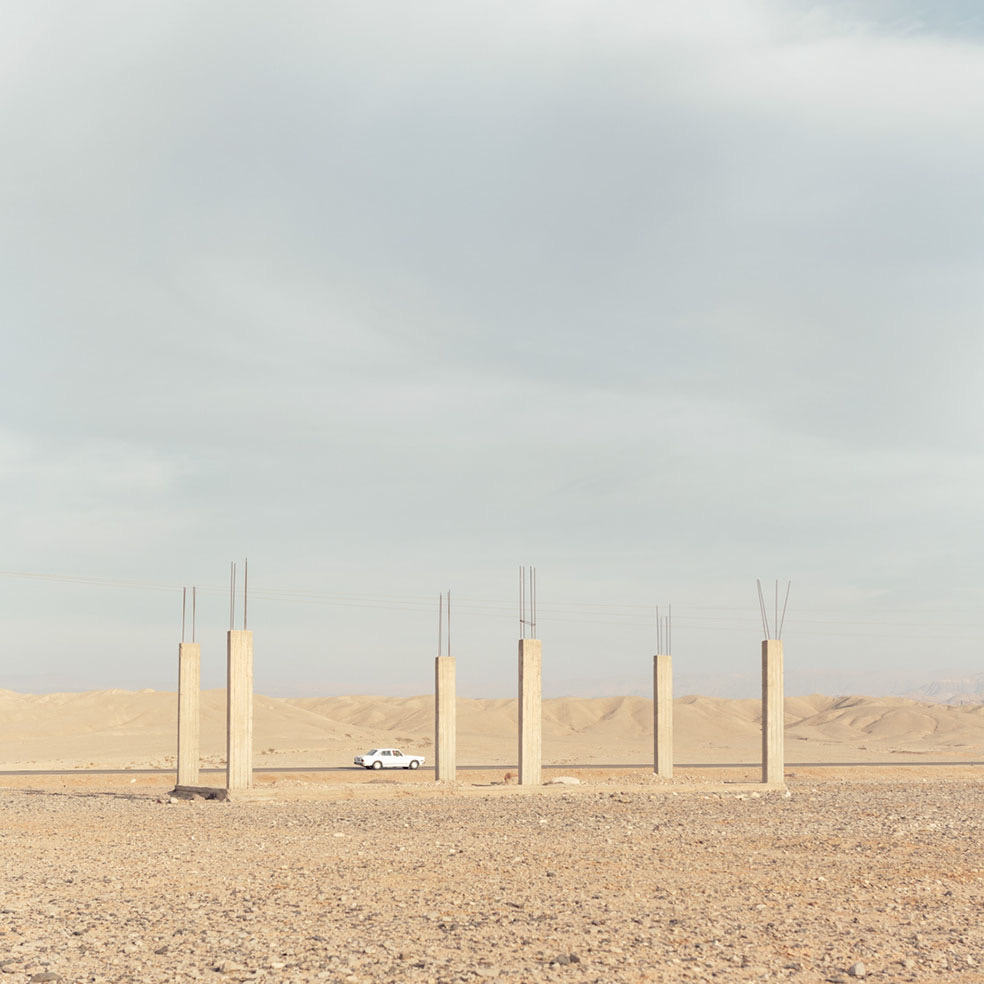
Roger Grasas (Barcelona 1970) began academic studies in 1995 at the Photography Faculty of the Catalonia Politechnical University specializing in Landscape and Documentary photography. Later, in 2000, enrolled at the University of Barcelona where graduated in Philosophy with a Master in Aesthetics Contemporary Art.
Grasas began his professional career as a photographer around 2002 documenting cooperation projects for international foundations and for UNESCO. Since then, traveling becomes the core of his artistic work, translating his experiences and reflections into visual arts. Regular contributor to several Spanish (El País, La Vanguardia etc) and international publications (Wired, National Geographic). Since 2011 he lives between Barcelona (Spain) and Dubai (UAE).
His body of work approaches the role and importance that technology reveals within the post-modern digital society and the state of confusion that human being suffers in the contemporary landscape. Sociopolitical issues such as globalization and philosophical concepts such as the ‘difference’, ‘hyperreality’ and ‘alienation’ generated by the post-capitalist society are also common places of his series.
His works have been exhibited in galleries of Spain, France, Netherlands, Italy, Germany, USA, Mexico and UAE. In 2017 his latest projects ‘Atenea’ and ‘Min Turab’ have been published and distributed worldwide by the prestigious RM publishing house. Several international awards including Art Photo Bcn 2014, Photolucida 2017 Contest, LensCulture finalist at Exposure Awards 2018, Landscape award at Head-On Festival and PhotoEspaña Descubrimientos Award 2018.
